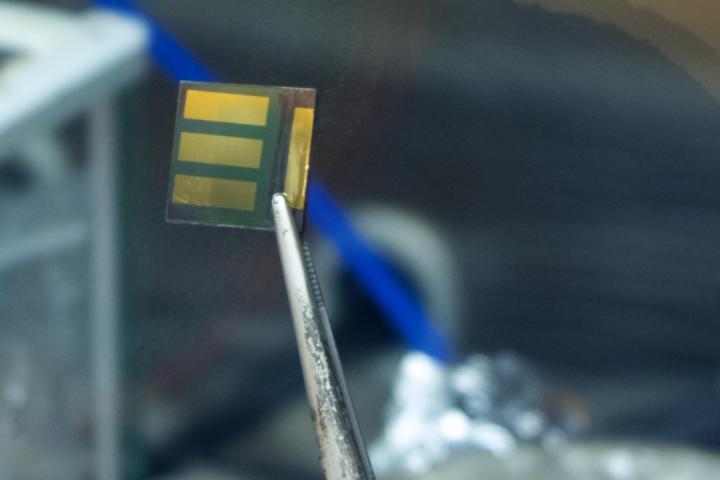
Whether organic-inorganic perovskites will become the technology of tomorrow for obtaining cheap electricity from solar radiation will be the result of efforts to resolve the instability of this material. However, this material has already attracted the attention of prestigious magazines mainly because it is easy to manufacture and over ten years of research has outperformed all polycrystalline materials. Traditional production-intensive crystalline silicon technology has not been demeaned yet, but we already know that the future could be about a combination of old and new technology together.
The basic material of organic-inorganic perovskite is partly formed by the inorganic lattice PbI3–, which, unlike conventional PbI2, is negatively charged. To do this, the lattice is made up of octahedral cells within which the organic CH3NH3 + molecules are positively charged. Paradoxically, such a complex system is very easy to set up, but unfortunately it also breaks down easily. The way to greater stability is to use more complex combinations of chemical elements. The main advantage of the material is its remarkable semiconductor quality, especially its very low surface sensitivity.
The research was made possible thanks to the project “Center of Advanced Photovoltaics” Reg. No. CZ.02.1.01/0.0/0.0/15_003/0000464 financed by the ERDF.

